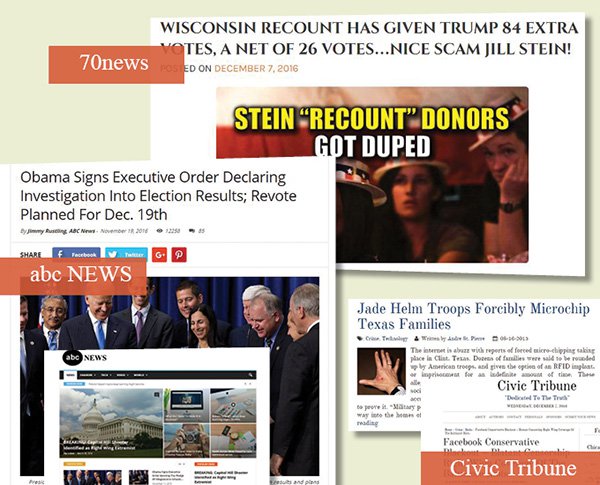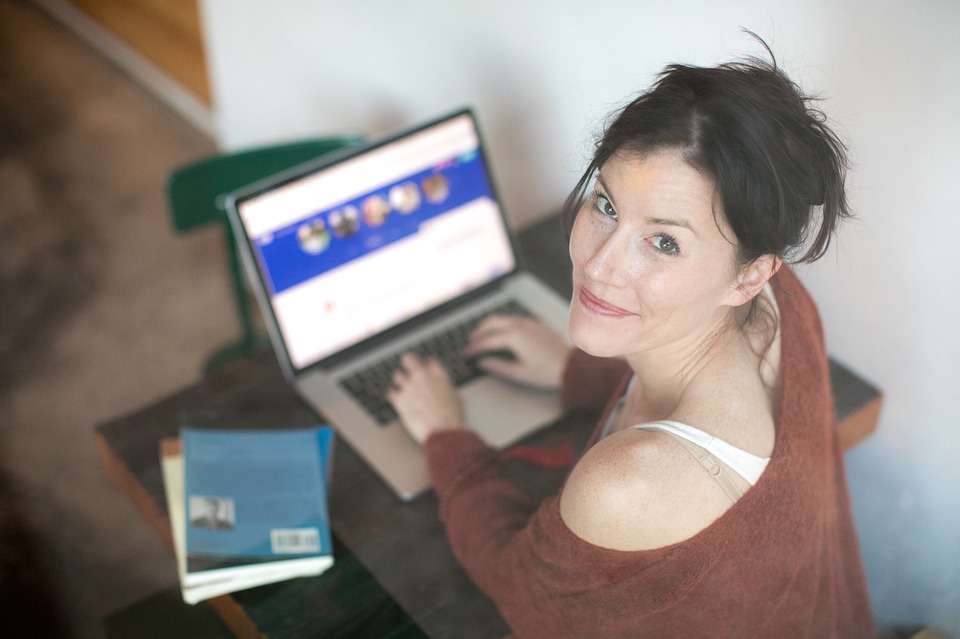Public relations and journalism exist in an uneasy balancing act, a relationship where they both rely on each other as part of a communication ecosystem.
It used to be that journalism was the stronger player in the relationship, but now as a result of cuts to newsrooms, PR is becoming more dominant. And this relationship could undermine already limited trust in news.
Public relations and journalism
Public relations is defined as the practice of using communication strategies to build relationships between organizations (such as corporations, institutions and government) and the public.
Traditionally, one of the most important connections for PR practitioners has been those with journalism. PR professionals rely on their journalistic connections to help get their messages out, and journalists draw from PR to help find interesting stories, fill quotas and meet deadlines. In fact, according to the Canadian Public Relations Society, PR professionals tend to interact more with journalists than with any other professional group.
This relationship worked for many years because journalists had the upper hand. Journalists had a culture that made them wary of PR professionals, which helped to keep the PR industry in check. When interacting with PR practitioners, journalists would choose whether to pursue a story, and how much of the story suggested by the PR professional is actually worthy of column space or broadcast time. Journalists were likely to seek out different sides of an issue suggested by a PR professional, rather than just publishing a news release verbatim.
In return, the PR professionals could be reasonably confident the coverage would be trusted by the public. By choosing what to cover and how to cover it, journalism keeps PR accountable. If PR practitioners do anything to threaten their relationship with news outlets, they will not be able to work effectively.
However, in recent years, as a result of media consolidation and the rise of social media, the relationship between PR and journalism has shifted. While this shift seems to favour PR, in reality it has resulted in declining trust in news, and that’s bad for everyone. When the delicate balance between journalism and PR is upset, we end up with an information ecosystem that is less trustworthy because it is driven by organizational goals rather than the public interest.
A shifting balance
Now journalism is increasingly relying on PR to survive. As my previous work has shown, local news is facing unprecedented pressure from media consolidation and the social media business. As journalism jobs have dried up across North America, many talented and trained journalism graduates and successful journalists are accepting jobs in PR in order to make ends meet.
At the same time, many cash-strapped newsrooms are turning to advertorials or sponsored content to make up for shrinking revenues. As a result, more of the news media is implicated in spreading PR content that is often one-sided, incomplete information that favours corporate PR clients.
For example, when important information like COVID-19 vaccine efficacy is presented to the public directly from news releases, important scientific facts can be minimized or left out of the portrayal of the issue. That can contribute to eroding public trust in both the news story and the organization covered by it. While PR plays a role in ensuring the trust between organizations and the publics, some PR practices can lead to the decline in trust in news.

Other grey area PR tactics, like astroturfing, direct media attention to stories that journalists might not otherwise consider very newsworthy. Astroturfing entails using social media to create fake online grassroots support for an organization or issue. News outlets often cover a story that seems to be getting a lot of attention on social media. Unethical PR firms will often exploit this fact by buying likes, shares and engagements, creating fake hype for a specific product, person or organization that would otherwise not be covered at all.
Rethinking the relationship
Journalism isn’t perfect, but striking the balance between PR and journalism is beneficial for both parties. As this balance shifts in favour of public relations, it becomes harder for the public to trust news. That leads to more aggressive PR tactics, further eroding the public trust. Everyone loses.
Steps can be taken to rebalance the relationship between journalism and PR. Journalism must be strengthened, including local news, so that journalists have the resources to refuse sponsored content and push back against PR pitches. This means we all have a role to play in paying for the journalism we value, and new funding models should be developed to help provide resources to smaller and independent journalism in Canada and elsewhere.
To that end, entrepreneurship networks like indiegraf and other opportunities for independent journalism need to be supported by offering business training to journalism students, providing government resources to support journalism entrepreneurs and through our own habits.
Journalists who are brave enough to also become entrepreneurs by starting their own publications need us to pay for their content through Substack, Patreon or other subscription services. This will have a cascading impact as these journalist entrepreneurs create small businesses that can provide new job opportunities for other journalists and journalism students.
Finally, professional associations for PR practitioners like the Canadian Public Relations Society or the Public Relations Society of America need to do more to punish disreputable firms that use tactics like astroturfing to create fake influence. By strengthening journalism and putting limits on PR, we can reset the balance and create a healthier media ecosystem for everyone.
By
Associate Professor of Interdisciplinary Studies, Royal Roads University

























